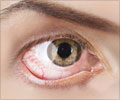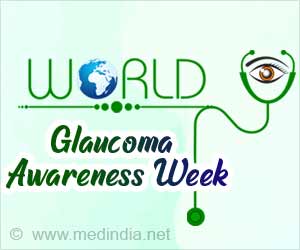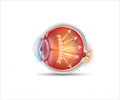
Most common eye-related diseases have identifiable risk factors before onset and thus are avoidable. For instance, in diabetic retinopathy, diabetic individuals are particularly at risk and are constantly monitored for tiny bulges in the eye's blood vessels.
However, glaucoma is much harder to catch in a group of at-risk people.
Scientists have found that early diagnosis and treatment are possible by using soundwaves to detect increasing values of an individual's intraocular pressure (IOP).
Since glaucoma is associated with elevated levels of IOP, this can substantially increase the chances of maintaining vision.
IOP is the pressure created by the continued renewal of eye fluids and is an important measurement of healthy vision. Ocular hypertension results from an imbalance in production and drainage of aqueous fluid and occurs commonly in older adults.
Advertisement
Currently, IOP is measured by applanation tonometry in which numbing drops and non-toxic dye are put in the patient's eyes. This method has many problems and measurement errors.
Advertisement
A full eye examination is the only way to verify accurate reading, which isn't possible in a mobile situation. The equipment is also too expensive for long-term home monitoring.
Source-Medindia












